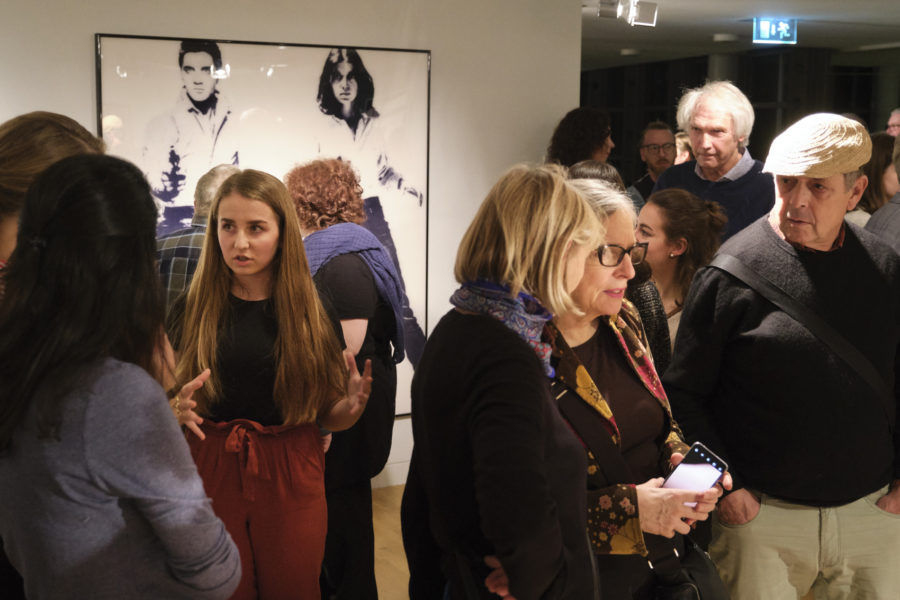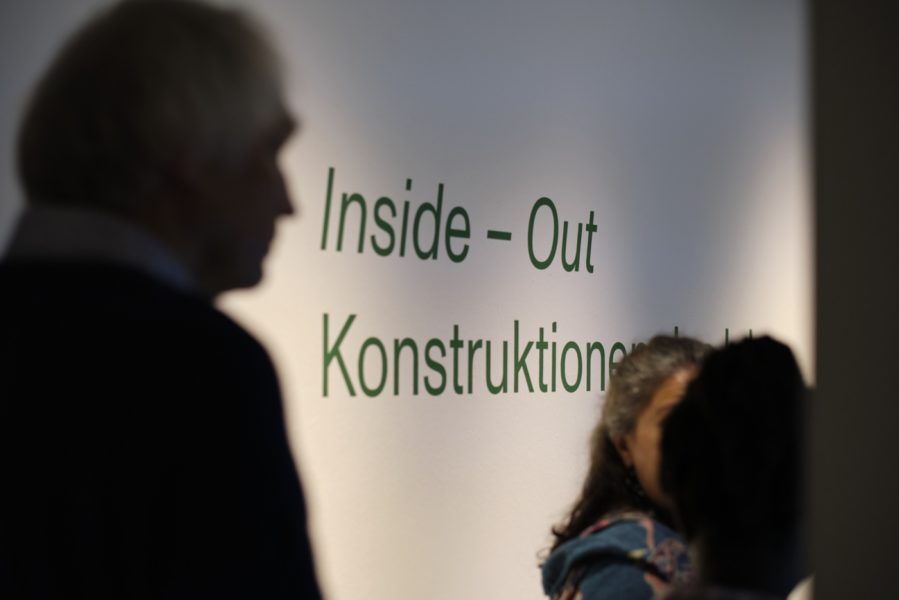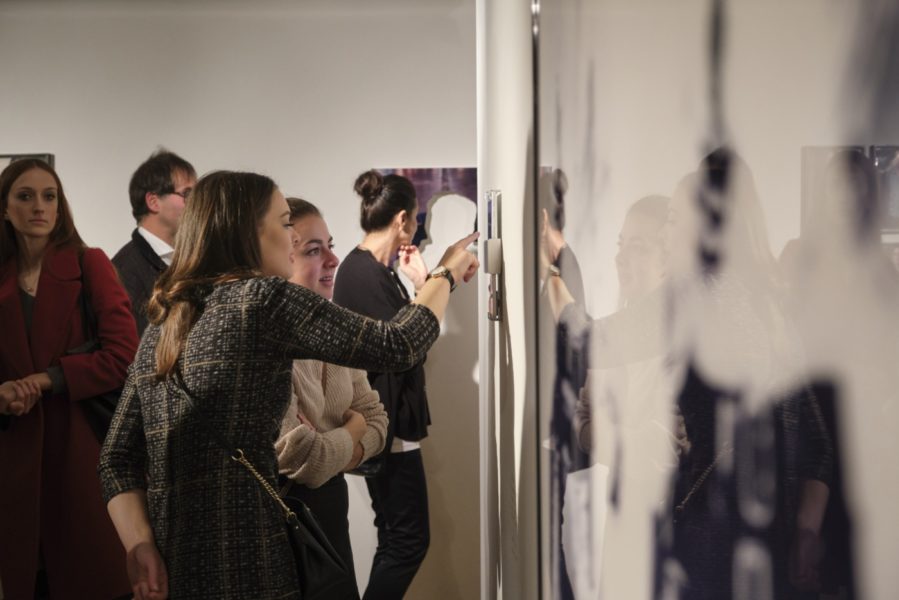Inside – Out.
Construction of the Self
Installationviews
Info
“Who am I? How do others see me? Who do I want to be?” Especially during puberty, the question of one’s own identity gains in importance. For the first time, the Kunstmuseum Wolfsburg is enabling young people to conceive their own exhibition on this theme. The museum’s curatorial and research assistants have developed an exhibition program together with young people between the ages of fourteen and seventeen.
During puberty, the transformation of one’s own body and the awakening of sexuality, as well as emerging social tasks and attributions, make young people aware for the first time of the different concepts of identification offered by the real and digital environments. These existential questions are also negotiated in contemporary art: In an interplay of reception, self-representation, and self-staging, artists discuss various forms of the representation of identity, reflecting social roles and stereotypical identity patterns. In addition to dealing critically with the theme of identity, the young people were taught professional and methodological skills and encouraged to develop an enthusiasm for contemporary art.
From a preselection of 200 works of art, the young people, together with the curatorial and research assistants, selected artistic positions according to their own thematic emphases and approached the concept of identity through mutual exchange. In doing so, aspects of sexual self-determination, ideals of beauty, self-staging, delimitation, crises and conflicts crystallized as particularly relevant for the young people. The exhibits highlight these themes in an exemplary manner.
Whereas, in the 1970s, feminist artists such as Ulrike Rosenbach staged themselves in male poses in their art to draw attention to gender-specific discrimination, young net artists such as Signe Pierce use Instagram and other digital platforms to create a media-based alter ego through various forms of self-staging and to present this for discussion in real time to a digital public outside the protected space of the museum. With her in some cases strongly sexualized images, the artist demonstrates that her own body repeatedly becomes a central conflict zone and site of social confrontation.
In his long-term photographic series, the artist Harry Hachmeister also plays with stereotypical gender roles, documenting his search for his own sexual identity. Richard Billingham takes up the theme of social localization by shedding light on the precarious social milieu of his own family. The artist Cao Fei examines the extent to which our personal dreams and interests can be reconciled with industrialized working and living environments.
The artists Sylvie Fleury and Daniele Buetti also criticize a society driven by capitalism. While Fleury’s shopping bags filled with luxury items reflect the widespread voracity for name-brand products, through which we attempt to ennoble ourselves, Buetti—in an act of violence—carves trademarks as scars into the otherwise flawless faces of the models in his photographs. Mário Macilau’s photographs, in which young people from Mozambique stage themselves in outfits that combine both traditional elements of southern African fashion and European concepts of style, demonstrate that fashion is not only part of consumer culture, but also a pop cultural means of expression.
The participatory exhibition project will be accompanied by a paperback publication containing illustrations of the exhibited works as well as documentation of the project. In addition to an introduction by Dr. Andreas Beitin, a project description and a detailed explanation of the curatorial concept by Nathalie Stelmach, the idea of participation will also be taken up in the publication by texts on the individual works of art written by the various participants.
Artists in the Exhibition:
Nevin Aladağ, Richard Billingham, Daniele Buetti, Daniela Comani, Birgit Dieker, Cao Fei, Sylvie Fleury, Harry Hachmeister, Isabell Heimerdinger, Johannes Kahrs, Barbara Kruger, Mário Macilau, Bjørn Melhus, Signe Pierce, Richard Prince, Ulrike Rosenbach, Kerry Tribe
Concept and Realisation
Elena Engelbrechter, Birte Hinrichsen, Nathalie Stelmach in Zusammenarbeit mit Veronique D., Lilith G., Senta G., Lilli H., Emilia K., Katharina K., Alistair M., Noemy M., Aurelia N., Nòra P., Agatha S., Karen S.





